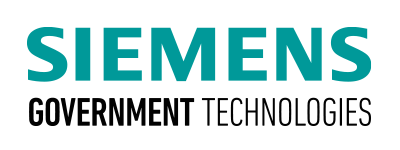Leading by example: How Siemens is improving sustainability at 230 locations worldwide
In 2015, Siemens became one of the world’s first global industrial companies to announce its intention to become carbon neutral in its operating business by 2030. Through the development and implementation of innovative solutions and initiatives, the company is on a mission to accelerate the transition of all facilities and buildings worldwide to operate with a net zero-carbon footprint in the next six years. Already, Siemens has reduced global operational CO2 emissions by 50% (without offsetting) since 2019; and reduced global energy consumption by 9% since fiscal year 2021; and 96% of global locations have implemented a water reduction strategy.
Integral to this large-scale clean energy transition is Siemens Corporate Global Monitoring Program, a two-year program designed to digitalize and connect all the metering infrastructure for electricity, water, heat, and gas utilities at Siemens’ main locations around the globe. Through the application of Siemens’ energy monitoring and management solutions, Siemens Corporate Global Monitoring Program generates high-quality structured data for improved transparency, reporting, analytics, cost savings, and benchmarking.
To date, the program has digitalized and connected metering infrastructure at 230 locations worldwide. Spanning more than 64.5 million square feet with over 4,000 individual energy meters, the program has installed or converted existing utility meters in 45 countries around the world. Thirty-nine of the 230 sites were in the United States.
The result is a fully automated energy monitoring system capable of tracking the uptime of installed or converted energy meters that now measure at over 90% availability. The program generates real-time data across 230 locations that enables Siemens to achieve carbon foot-print reductions, the highest return for future energy efficiency projects, and provides annual energy consumption reports for shareholders, employees, auditors and regulators.
